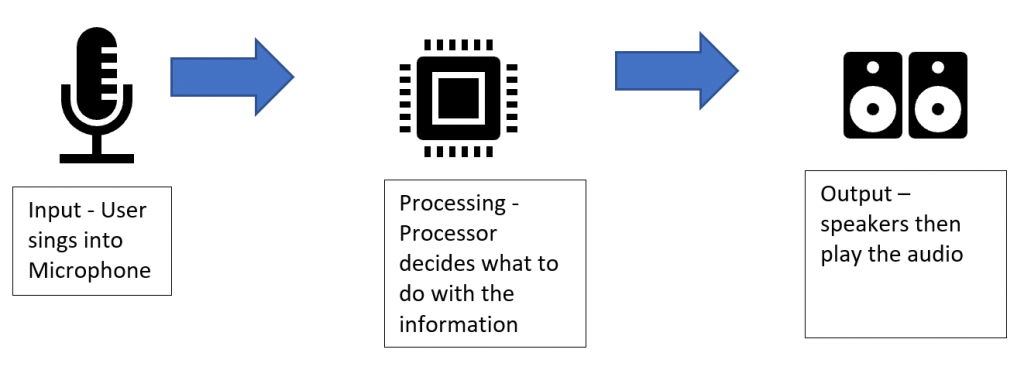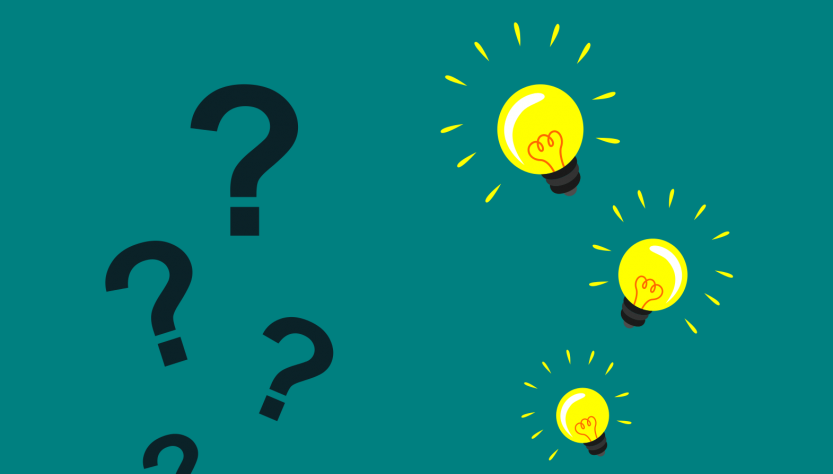Learning to understand what type of learner you are
If you choose to “revise” but have no real understanding of how your brain soaks up information, then you are not in the best situation to ensure that you are learning as well as you can be.
Making sure that your notes are all colour coded with pretty pictures isn’t the best route to take if you aren’t a visual learner. Recording yourself reading aloud answers to test-questions won’t help if you don’t identify as an auditory learner and so on.
Making sure you understand what type of learner you are BEFORE you start to revise will ensure that you are in the best possible position in order to absorb as much information as you can!
This article aims to help you identify the type of learner you are, as well as provide you with individual revision tasks that will put you on the right path to acing your exams! We are going to focus on 4 different types of learners: Visual learners, kinaesthetic learners, reading and/or writing learners, and auditory learners.
Visual Learners
Visual learners are those who best learn through seeing information. This could be through graphics, charts, symbols. If you feel you learn more information in class when the teacher makes use of images and symbols, then it would make sense to class yourself as a visual learner. Let’s look at the difference between a written example and a visual example that displays the same information.
Written Example
Each computer system can be simplified into inputs; processes and outputs. If a user sings into a microphone (input device), the information travels through the computer to the processor which then decides what to do with that information. When the user wants to hear the audio recording, the processor sends that information to the speaker (output device).
Visual Example

If you find the visual example easier to follow and understand, then it’s best to assume making use of images will make your revision a lot more worthwhile.
Best revision techniques/examples for Visual Learners include: YouTube tutorials, Graphs, Charts, make use of arrows and icons when writing notes to show relationships between subjects (like the example above).
Kinaesthetic Learners
Let’s get physical! Learners within this category learn best when working with their hands or are on their feet moving about. These learners are at their best when they are able to apply information to a movement/dance or are able to physically remind themselves of the information via sets of instructions attached to movement.
For example, mathematics can be taught using a game of pool where learners assess the angles required in order to ensure the ball ends up in the pocket!
Kinaesthetic learning is natural to most as it is used early on in our lives, for example the song “Heads, shoulders, knees and toes (knees and toes)”. When singing this song we always point to the relevant part of the body, this is a simplistic, but effective, look at kinaesthetic learning.
Examples: Drawing letters in sand with your fingers; make use of blocks for mathematics as a way of answering different calculations; in order to learn measurements (mathematics again) a cake could be made!
Auditory Learners
Auditory learners are those who prefer to listen to recordings of themselves reading over notes. Learners that fall into this category enjoy hearing someone tell them information over and over again.
For example, your teacher would tell you a piece of information and you would read it back to them to ensure your understanding is strong. This type of learning is often seen in Modern Languages as hearing the way words/phrases are pronounced helps to construct the word in your head. Listening and repetition is key here.
Reading/Writing Learners
Does what it says on the tin!
Learners who fall into this category learn best through, yep you’ve already guessed it, reading and writing information. These types of learners are at their best when they are reading texts and taking notes based on it.
Learners in this tribe learn best with pages of text, a notebook and a pen. Although most teachers aim not to bore their pupils to death and try to offer something more fun and engaging, sometimes the best ways are the more traditional ways.
Examples: Taking text, reading though it and then taking notes in their own words; reading aloud a block of text and then handing it to someone else and repeating what they just read; covering their bedroom walls in post-it notes; annotating books with their own notes.
As a reading/writing learner myself the best technique that works for me is to read the information needed, summarise this into a phrase easier to remember and then grab a small whiteboard and pen and continuously write it out and rub it off until I can rewrite the entire summary notes. Try it!
Conclusion
Overall, there are various ways in which we take in information. What is really important is working out what works for you as an individual.
Ensuring you know what works best for you ensures that when you are learning, you are doing so in a way that helps your brain develop and retain the needed information.
Enjoy revising for revision!
Learning Summary
- Visual learners are watchers
- Kinasthetic learners are doers
- Auditory learners are listeners
- Reading/writing learners are writers/readers
What type of learner are you?
